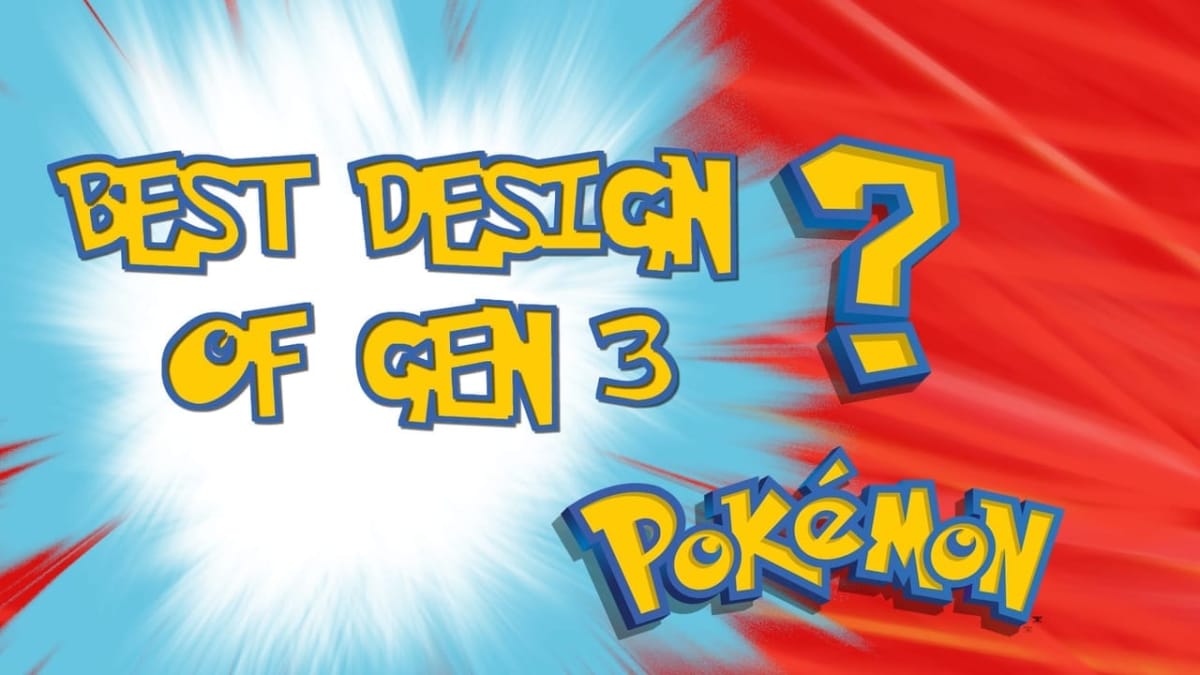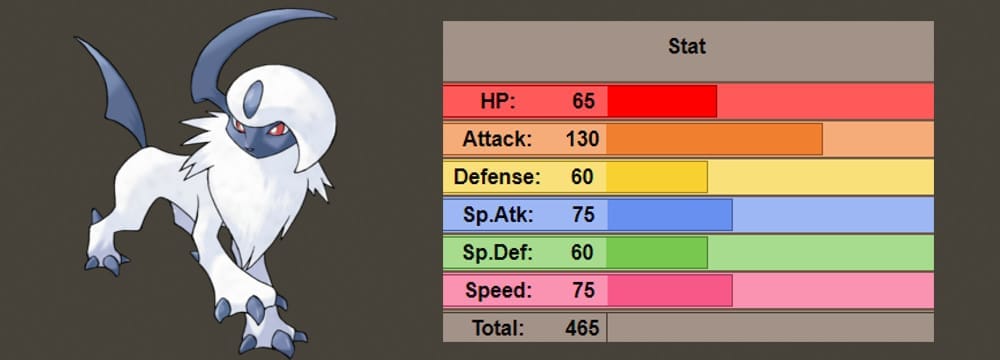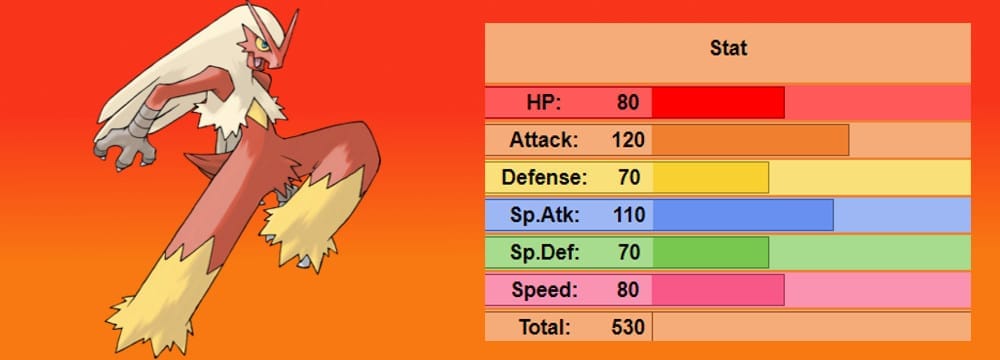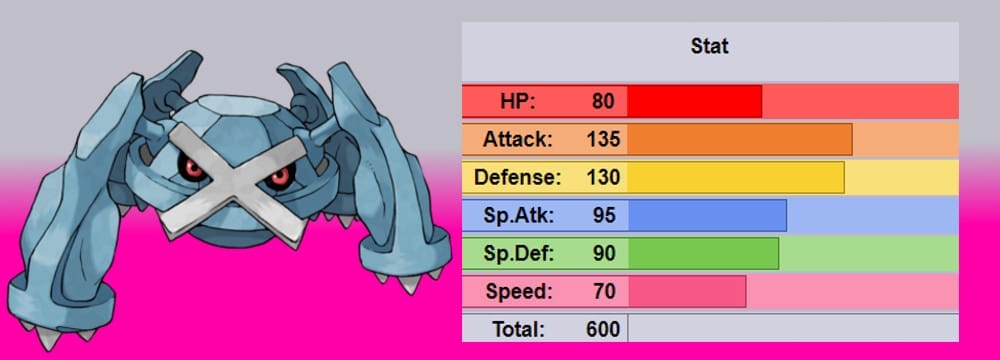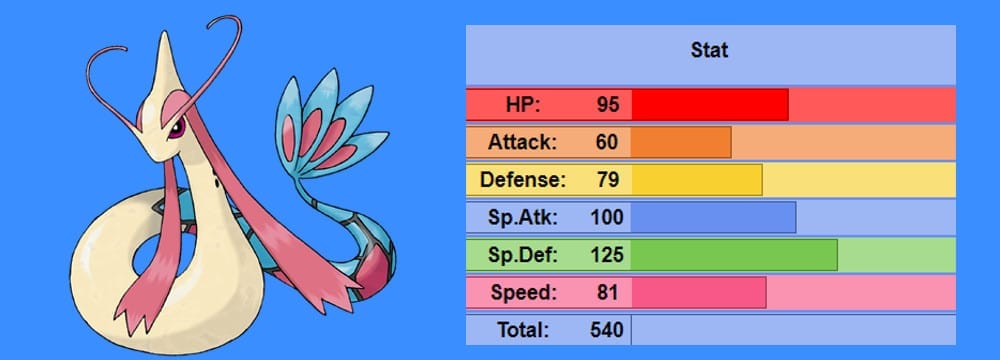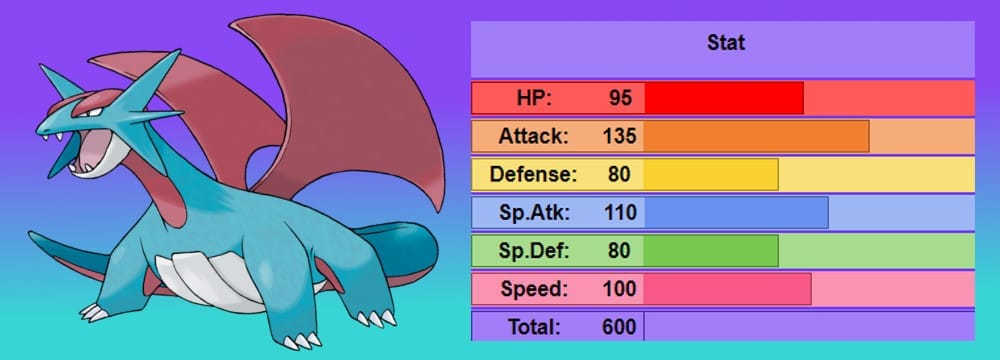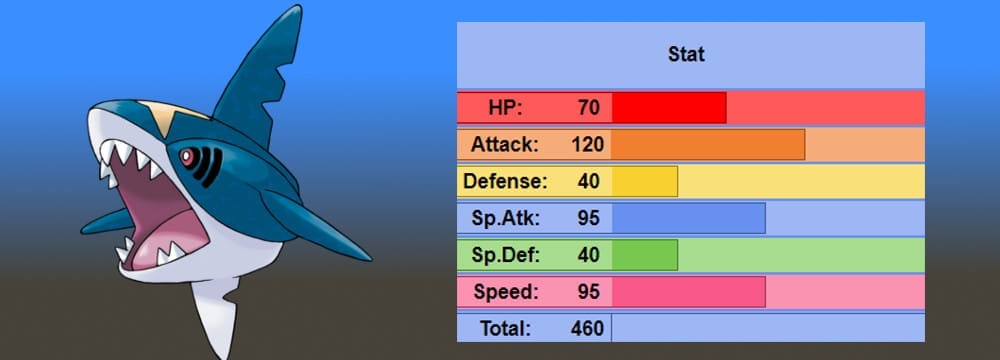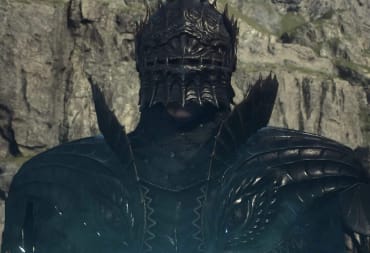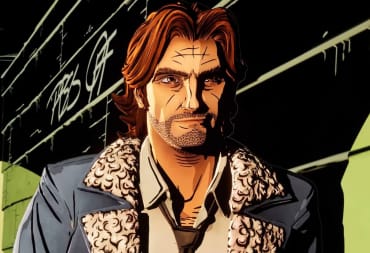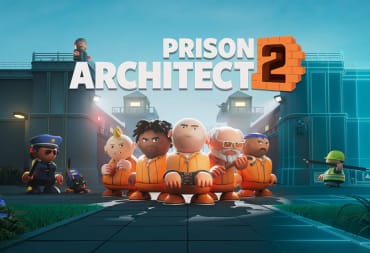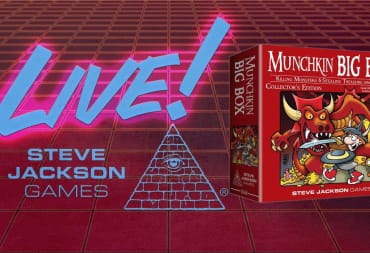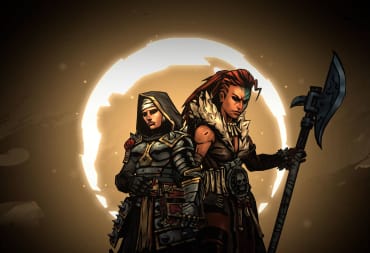Pokemon Ruby and Sapphire, in retrospect, was a weaker generation of the series. Fresh off the Game Boy Color and taking full advantage of the color palette of the Game Boy Advance, Ruby and Sapphire were cutting edge in terms of graphics and over world presentation. It unfortunately lacked in other departments, such as post-game content. It was the last generation before the “physical/special split” and the first generation to introduce the now long-lost beauty contests, a feature that would return for three other generations, including the remakes of Omega Ruby and Alpha Sapphire.
This article is one in a series we’re calling the Year of Pokemon, which celebrates the beloved pocket monsters and their many games.
The Pokemon of Generation 3 are also a mixed bag. Some of them have become massive fan favorites or competent battlers. The majority though have become forgotten for some reason or another. Perhaps it was poor design or over-relying on gimmicks, where we see that concept really take off this Generation. For now, let us celebrate the best this generation has to offer by looking at the six best-designed Pokémon of Generation 3.
As always, a few guidelines before we begin. First, no legendary Pokémon will be on this list. Second, only one Pokémon per evolutionary line will be showcased. Finally, the list will combine design aesthetics, competitive viability, and overall impact as part of the criteria of their design.
Without further ado, here are the six best-designed Pokémon of generation 3.
Absol
Absol is a weird Pokémon to be sure. A lot of the design goes to the fact that Game Freak was pushing a specific theme with Absol. Think of it as a “soft gimmick” that has no real purpose in terms of battling. In this case, Absol is the disaster Pokémon, a monster that serves as a warning that a disaster is imminent. Absol is a feared Pokémon because of these superstitions in game lore. This is also represented as to where you can capture Absol. Every appearance it makes in the wild in the games is a place with an impending or previous disaster nearby.
In terms of its origins, Absol has several mythological references to fall back on. Design-wise it is believed to be based on a Sphinx or Angel, especially its mega evolution form. The Pokémon may also be based on Chinese and Japanese mythological figures. The most common interpretation is the Hakutaku, a creature based on Chinese myth (Bai Zie) that was intelligent and spoke to Chinese Emperors about other mythological creatures. Another possibility is the Kutabe, a monster from the same myth that warned of an impending plague in Japanese mythology.
This stereotype fueled by superstition stands in contrast to the design of a beautiful-looking Pokémon. Absol works well as a misunderstood monster trope in the Pokémon universe. Almost all of its depictions in Pokémon media note its intelligence and relative calm demeanor. The anime movie Jirachi the Wishmaker had Absol as a misunderstood villain who was trying to help Ash and his friends the whole time. As a form of subtle storytelling, Absol’s whole design and purpose as the disaster Pokémon serve that need perfectly. From a lore standpoint, this makes it a complex Pokémon on an emotional level for many fans.
Absol backs up the design with decent battling potential. Its major stat is its attack, sitting at an impressive 130. Unfortunately, as an unevolved Pokémon the rest of its stats are less than stellar. This has hampered its competitive viability to running very specific movesets to compensate for its frail defenses. Other problems include a singular Dark-type and mediocre 75 base speed. Absol’s mega evolution gave it new life as frail glass cannon, however. Sporting a large 150-base attack and 115-base special attack and speed to work with, this gave it some competitive viability. Its movepool is solid but not groundbreaking, but in a pinch, Absol is a powerful ally in the hands of a skilled player.
Blaziken
The first of three straight Fire/Fighting type starters in the series, Blaziken and its entire evolutionary line is arguably the best of the bunch on many levels. Design-wise it is based on a Shamo, a specific breed of Chicken that is often used for real-world cockfighting. Japanese Shamo Chickens are known for an upright posture to deliver strong kicks and plumes of feathers around their face that act as a mane for protection. Its Japanese name, Bursyamo, also reflects this specific origin. The fire aspect also comes from Japanese myth of the Basan, a fire-breathing chicken from Japanese mythology.
What makes Blaziken work so well is how the design is simple and referential. Blaziken is a pure design; one that is simple in premise and visuals to tell us all we need to know about the Pokémon at a glance, much like Gengar before it. The relative “cool” factor also follows Blaziken. Like all Pokémon starters, Game Freak put extra care into their evolutionary line to make sure Blaziken, along with its counterparts, stand out.
Blaziken simply burns brighter, both in terms of visual aesthetic and in terms of battle potential. An all-out striker, Blaziken is a mixed attacker with base 120 and 110 attack and special attack, respectively. High power moves such as High Jump Kick, Blaze Kick, Flare Blitz and Brave Bird at its disposal, Blaziken often hits like a truck before succumbing to self-damage. Its mega evolution also boosted its power and speed to sweeper levels of potential.
Speed Boost, Blaziken's hidden ability, changes that game even further. Speed Boost effectively raises the Pokémon’s speed stat by one each round it is out in battle. This not only shores up one of Blazikens weaknesses, but it can lead to untold potential in terms of sweeping opponents. Many have overvalued Blaziken's sweeping abilities simply due to Speed Boost. Casual battling formats such as Smogon have banned Blaziken from most competitive tiers, for example. It is a massive asset, however, that turns Blaziken into the perfect sweeper. Blaziken has the right tools to be a monster on any team, making it a popular choice for battles outside of its cool design.
Metagross
The first of two pseudo-legendaries in Generation 3, Metagross has a lot going for it. The signature Pokémon of the Hoenn region champion Steven Stone, Metagross follows a more old-school principal that is thankfully done right. Think of Dugtrio for a second again. I noted that it was a poor design because it was generic and represented a silly idea in Generation 1 of making evolutions “come in threes” to showcase a growth of power. Cartridge limitations aside, for the first generation showcasing evolving a Pokémon by adding more of them to its design is simply weak.
Metagross bucks this trend because the design is better implemented visually. Its entire evolutionary line, starting with Beldum, is a direct reference to linking up computers together to form a “super computer” network. The Beldum design is present in Metagross as its limbs, as well as the saucer-like design of Metang, its middle-stage form. Unlike Dugtrio, Magneton or other designs with the same principle, Metagross successfully builds upon its own design smoothly. The visual treatment is less overt, but instead much more subtle and complete.
The result is my personal favorite among the pseudo-legendary Pokémon aesthetically. Metagross is also unique among its peers in other ways. It is one of only two (the other being Tyranitar) who is not part Dragon-type. It is also the only pseudo-legendary that cannot learn Dragon-type moves. Focusing heavily on power and durability, Metagross sports the high base defense of 130, and high base 135 attack relying on pure power and soaking up physical hits than the other pseudo-legendaries.
Of course, its moveset gives it a ton of tricks to employ. Most movesets use it as an offensive powerhouse with priority moves such as Bullet Punch to take out weakened sweepers. Other major attacking moves include Zen Headbutt, Hammer Arm, and Ice Punch. Metagross can employ utility as well, having access to status moves such as Trick, Telekinesis, Gravity, Magnet Rise, and Ally Switch to name a few. Its large bulk and Steel/Psychic typing give it a defensive presence to withstand all but super-effective moves. Being the only pseudo-legendary able to stand toe-to-toe against Fairy-types is a major competitive asset as well. Add a mega evolution into the mix, and you can see why Metagross has the tools in its arsenal to stand out in the competitive scene.
Milotic
Milotic is the continuation of another trend found in the Pokémon games, the “ugly duckling syndrome." The trend began with Magikarp and Gyarados, and Milotic represents the foil to the menacing sea monster by being a beautiful water nymph instead. That is, if you can obtain one. Milotic was, at the time of its release in Ruby and Sapphire, perhaps the rarest non-legendary Pokémon in the game.
Part of this has to do with the relative rarity of its pre-evolution, Feebas, in Generation 3. Originally, Feebas was only found in six fishing spots in Route 119 of Hoenn. Fishing spots, mind you, refers to any square you can fish in, and on Route 119, one of the longest routes in Ruby and Sapphire, contains a whole river accented by several waterfalls. To make matters worse, finding Feebas with a rare 1% chance of fishing it up makes it incredibly difficult to even encounter.
Add to this the original method of evolving Feebas by raising its beauty stat. Once again going thematic, the only way to raise its beauty is by feeding it poffins—cakes made by berries. Poffins were used to raise Pokémon Contest stats. To obtain Milotic, a player had to raise its beauty on Feebas to maximum. So the player needs to use high-end berries and play a mini-game with four players linked simultaneously to achieve this.
To say this was difficult is a massive understatement.
The reward, however, is Milotic, which is pound for pound one of the most gorgeously designed Pokémon in the franchise. Milotic’s charm comes from the striking use of bold colors. The yellowish body accented by strong pink, black and blue highlights, especially its scaly-looking mermaid tail.
It is also, like its counterpart Gyarados, a strong competitive battler. Boasting the same exact stat numbers as Gyarados, only re-arranged to different attributes, Milotic is often used as a “bulky water-type” an unofficial classification of mostly water-type Pokemon that have impressive defensive stats. For Milotic, it stems from its high 95 HP and a 125 Special Defense. Milotic also sports a very diverse movepool. It is a strong special attacker in a pinch with the likes of Scald, Ice Beam, and Dragon Pulse in its arsenal. Access to Recover and Aqua Ring keep it sustained, while Safeguard, Rain Dance, Attract, and Haze all provide good utility and team support.
The journey of getting Milotic now is much simpler thanks to the introduction of the Prism Scale (a trade item) in place of Beauty stats. Feebas is also more widely available, changing some of the mystique of the this elusive water type. Still, it was a journey well worth the effort for one of the most striking designs in Generation 3.
Salamence
The other pseudo-legendary introduced in Generation 3, Salamence is not unique among Dragon-types for any particular reason. What it does have, however, is probably the best one-to-one aesthetic to an actual dragon from European mythology. Visually it has the trappings of a salamander combined with this design, with fans speculating it takes inspiration from the Hida Salamander in Japan.
The more salamander look really shines with Salamence’s mega-evolution, but for my money, its original form is simply superior. What makes it work is the simplicity, once again done right by Game Freak here. Salamence is not flashy or over-designed; it is right to the point as to what it is representing. As the flagship Dragon-type in Ruby and Sapphire, that simplicity carries it further than the other dragons released in Generation 3.
Generation 3 is the first Generation to see multiple dragons after all. Previously, only the Dragonite line and Kingdra, the evolved form of Seadra, were the only two examples. This generation introduced three more, Altaria, Flygon, and Salamence into the mix. Both Altaria and Flygon in terms of design and viability have major good and bad points. Salamence for me stands out in contrast to both of them by being more straightforward on all fronts compared to its dragon counterparts.
Of course, being a pseudo-legendary gives it a massive advantage when battling. Tied with Metagross in having a 135-attack stat, Salamence works as an effective sweeper with a high base speed. Salamence’s only really weakness is its predictable movesets. It of course has powerful Dragon-type moves on the physical side but little to back it up. Its Special Attack, while weaker at 115, has more diversity with Heat Wave, Hydro Pump, and Hyper Voice at its disposal. Despite this drawback, Salamence is a powerhouse for sure, and an intimidating beast (literally) on the field thanks to its simple, but elegant design.
Sharpedo
Sharpedo for me represents Hoenn in a nutshell; a Pokémon with good design choices that, depending on how you view them, can be over the top or just right in representing a theme. Simpler Pokémon such as Salamence and Blaziken work due to their more baseline aesthetics. Sharpedo is visually more in line with greater design schemes of Generation 3: a lot of color and geometric patterns attached to it. Often, though, the designs of Hoenn go over the top with these color patterns, leading to a lot of colorful but awkward Pokémon.
Sharpedo is able to overcome most of this by keeping it to a minimum. I am referring to its cross-like yellow stripes across its snout and its behind. For Sharpedo, it accents the darker blue skin and white tones perfectly. It is not over the top or overdrawn in comparison to other Pokemon in Generation 3 or its own Mega Evolution for that matter. It gives Sharpedo a menacing aesthetic at a glance without distracting the player with too much color.
Sharpedo also works because of its namesake. Combining a shark and a torpedo, its entire body is actually fairly squat lengthwise. The rounded, snub-nosed shape fits that aesthetic combination. It looks like a Pokémon that can tear into an opponent and keep moving at a breakneck pace.
Like many of the best-designed Pokémon in the game, it fits a specific theme of being a hard-hitting, frenzied creature also fits in its stats. Sharpedo is the archetypical glass cannon, sporting a ridiculous 120/95/95 attacking stats that are offset by a 70/40/40 defensive spread. Sharpedo lacks sustainability but compensates by being a physical wall-breaker. This is again thematic, right down to its physical-only movepool and lack of good special attacking options. Its Water/Dark-typing, access to the Speed Boost ability, movepool, and a mega evolution that boosts bite attacks in Strong Jaw all fit into this theme. Sharpedo is a Pokémon designed to tear into teams if they are not careful.
And there you have it, the six best designed Pokémon of Generation 3. Pokemon Ruby and Sapphire was the coming out party for the graphics engine and it shows in the Hoenn designs. While the very best, in my book, are showcased here, the worst designs … they really stick out from Generation 3. Nevertheless, we will cover that next time when we return with the six worst designs from Generation 3.
Be sure to check out that article, as well as all of our coverage of the The Year of Pokémon here.
Do you agree with our choices here? Please leave your comments below.
Have a tip, or want to point out something we missed? Leave a Comment or e-mail us at tips@techraptor.net
